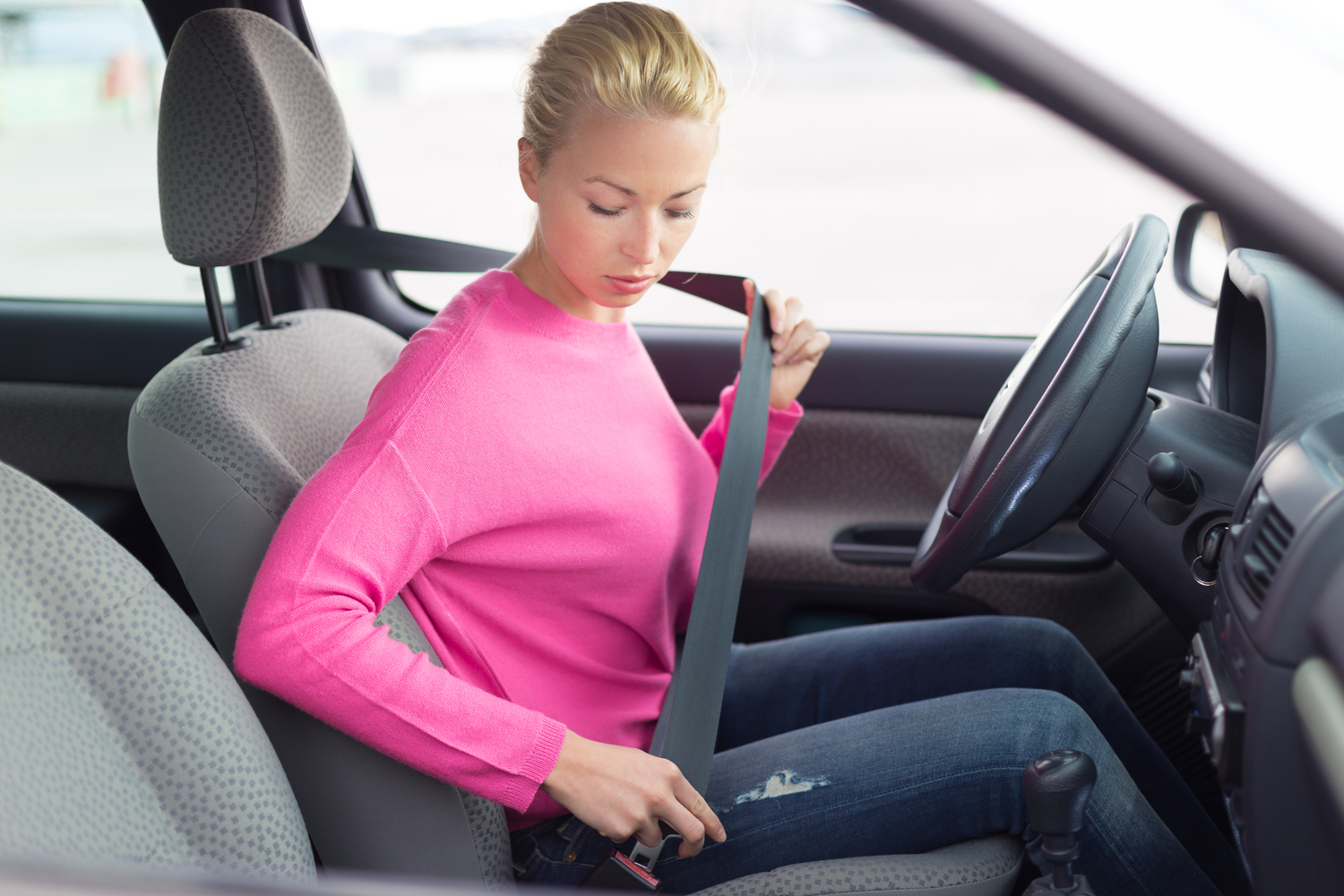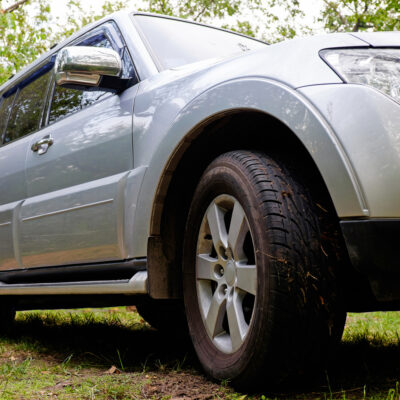
Things to Know about Safety Features in Cars
While most individuals choose a car based on looks, mileage, and price, they tend to forget something more important—safety. It is of utmost significance to review the safety features in cars before making your purchase. A car fully-equipped with safety features will reduce the chances of you, or the passengers, getting hurt in an accident or the accident occurring in the first place.
So, before you head out to your nearest dealership and purchase your ride, it is important to remember some of these pointers:
1. What are the advanced safety features in cars?
Safety features in cars are not limited to seat belts and airbags. Advanced features such as automatic braking, lane assist technology, blindspot monitoring are now common in most cars. These safety features in cars use sensor technology to warn drivers about potential collisions. They even help prevent them by stopping the car or correcting the steering. A study by the Insurance Institute for Highway Safety (IIHS) claims that cases of front-to-rear crashes were around 50 percent more in cars without any sort of safety technology than in cars with automatic braking or collision warning systems.
2. What to look for while shopping for a car?
An average driver might not be aware of the different safety features in cars or if their preferred model has them. Thus, it is important to research before you buy. Read up on the different safety features available and check online if the car model you are looking to purchase contains all of them. Also, investigate what safety equipment comes with the different trim levels of the car.
3. Learn how to operate safety features in cars
Safety features in cars would require you to thoroughly read the instruction manual and familiarize yourself with the operation and maintenance of these features. It can be quite dangerous if you are not well-versed with your car’s safety systems.
4. Structural design of the car
The safety features in cars are not limited to high-tech modifications. Structural design elements such as roof strength, head restraints, side, and front strength, are equally important in making a car safe. Look up online on the car’s rating given by the IIHS for its accident mitigation, crash avoidance characteristics, and similar features.
Furthermore, the safety and strength of the crush zones and occupant compartment are also necessary. The crush zones are the front and rear ends of the car. They must be well equipped to buckle, bend, and absorb the force of the crash to keep the occupant cage safe from damage.
5. Other factors to consider
While safety features in cars, or lack thereof, can help decide how safe the car might be, other factors can come into play. For example, vehicle size might also affect safety. Smaller cars tend to be involved in fewer accidents than larger vehicles. However, bigger vehicles are more prone to rolling over. Also, sports cars could be considered as being less safe due to the propensity of the driver speeding or driving rashly.
Based on such factors, you can make an informed decision about your next car.


